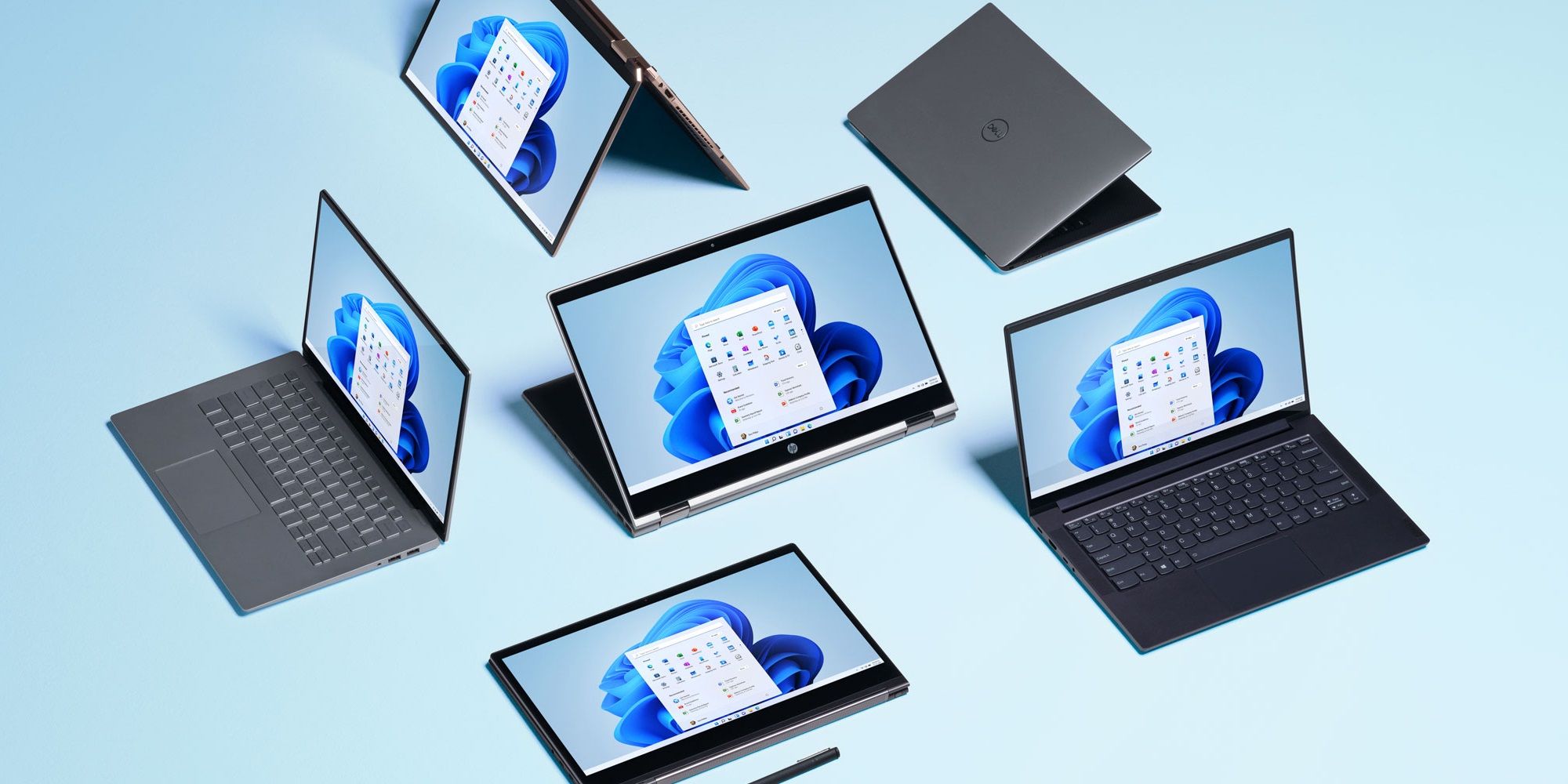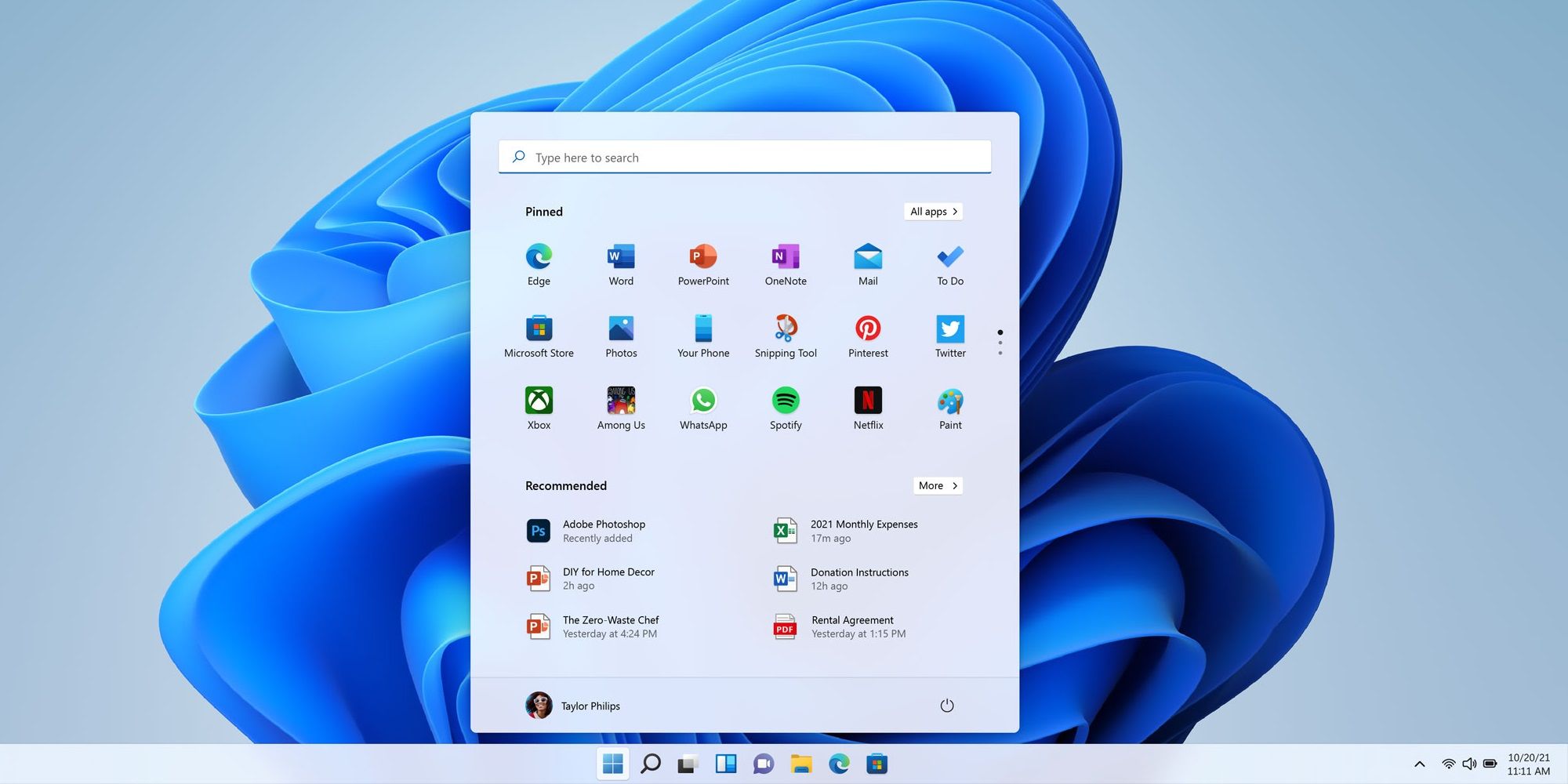
Windows 11 is finally here, and it brings a massive overhaul for Microsoft's PC operating system — both at the aesthetic and functional level. However, before an overview of the key changes, there are a few things those looking forward to the upgrade will need to know. The main one being Windows 11 will be available as a free upgrade, just like Windows 10 was rolled out as a free software update, and Windows 8.1 before it.
Even though an exact release date has not been revealed, it will arrive on new machines and older Windows 10 PCs in the holiday season. For folks who want an early taste, a beta build will be released for the Windows Insider channel later this month. Of course, as this is an early build, it should be expected that there will be a lot of bugs and broken features. Aspects that are expected to be identified and fixed before the rollout of the stable version to all users.
As far as system requirements go, users waiting for the update will need a Windows 10 machine with at least a dual-core processor and 1GHz clock speed, 4 gigs of RAM, 64GB onboard storage, DirectX12 support, and a 9-inch or larger display with a minimum resolution of 1366 x 768 pixels. It is also worth noting that Windows 11 is going all-in on the 64-bit architecture, and a 32-bit version doesn’t appear to be in the pipeline.

Windows 11 introduces a new design language, and it becomes apparent from the start menu itself. The taskbar is center-aligned, taking inspiration from macOS. The live tiles are gone, corners are rounded, the aesthetics are heavy on transparency, and Microsoft is opting for a more Android-like launcher experience. In addition, there a few notable functional changes to be seen here as well. With Windows 11, Microsoft is introducing Snap Layouts. These are essentially preset multi-window layouts for split-screen multitasking. Furthermore, Windows 11 will remember where all apps are stored, thanks to a new feature called Snap Groups. It automatically kicks into action as users disconnect and connect back to an external monitor, pulling back the split-screen view from before. Finally, Microsoft is adding the ability to create multiple desktops, allowing users to maintain separate profiles for work, gaming, and learning right on their home screen.
Windows 11 is also integrating Microsoft Teams as a core experience. The collaboration and productivity app will come pre-installed with the latest Windows upgrade, but the focus is more on providing users a platform to stay in touch with friends and family members. That’s why Microsoft is putting the chat feature from Teams right in the taskbar. To boost the gaming experience, Windows 11 brings support for DirectX 12 Ultimate to deliver better graphics, DirectStorage to speed up load times, and an automatic HDR function to boost aspects such as saturation and contrast. The latter will come in handy when playing older games with choppy visuals.
Another key change is the addition of a dedicated feed on the left side that pulls content using the Edge browser and acts somewhat like Google Discover on Android phones. It will be populated by news, weather, and other relevant content in the form of widgets, and all these widgets will be neatly arranged in a window with a glass-like background. Lastly, the Microsoft Store has also received a major design makeover. In addition to apps, the store will now also show content such as TV shows, games, and movies, all neatly arranged and accessible in a continuous feed as well as separately via a dedicated tab on the left. More importantly, Windows 11 will also allow users to run Android apps such as TikTok with all the core functionalities intact. These apps will open in a portrait orientation, just like they are intended to be used on a phone, and will be distributed via the Amazon Appstore. These are just all the major changes, with Windows 11 expected to include lots of smaller changes as well, resulting in quite the upgrade for users.
Source: Microsoft
https://ift.tt/3hiAgwH
June 25, 2021 at 12:07AM




